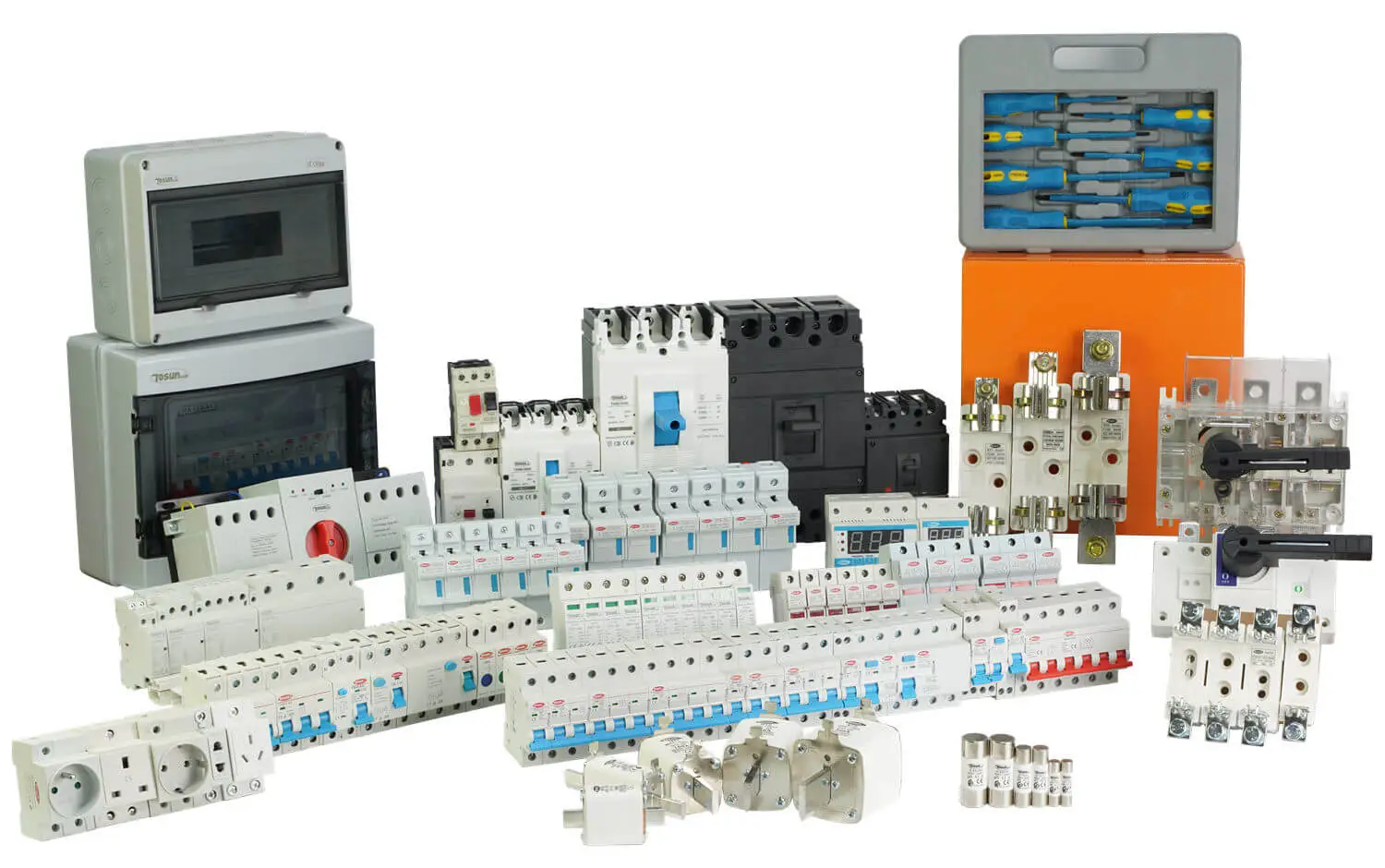The Buying Guide to Solar PV Fuses
Table of Contents
ToggleSolar photovoltaic (PV) systems are becoming increasingly popular as a renewable energy solution for homes and businesses. These systems harness the power of the sun to generate electricity, reducing reliance on traditional fossil fuels and lowering energy costs. To ensure the safe and efficient operation of a solar PV system, the installation of appropriate protective devices, such as solar PV fuses, is crucial. In this buying guide, we will explore the importance of solar PV fuses, their types, and key factors to consider when purchasing them.
The Importance of Solar PV Fuses
Solar PV fuses serve as critical safety components in photovoltaic systems. Their primary function is to protect the system’s electrical components, such as solar panels, inverters, and charge controllers, from overcurrent conditions. Overcurrent situations can occur due to factors like short circuits or excessive loads, which may damage the system or lead to hazardous situations such as fires.
By interrupting the flow of current when an overcurrent event happens, fuses prevent damage to the system and mitigate safety risks. Investing in high-quality solar PV fuses is vital to ensure the smooth and reliable operation of your solar PV installation.
Types of Solar PV Fuses
DC Fuses: DC fuses are installed on the direct current (DC) side of the solar PV system. They protect the solar panels and the DC wiring from overcurrent situations. DC fuses are rated for specific current levels and are available in various sizes and styles.
AC Fuses: AC fuses are placed on the alternating current (AC) side of the solar PV system, typically at the output of the inverter. They protect the inverter and the AC wiring from overcurrent conditions.
Fuse Combiners: Fuse combiners are specialized devices that combine multiple DC inputs from solar panels and use a common set of fuses to protect them. These are commonly used in larger solar PV installations.
Factors to Consider When Buying Solar PV Fuses
Voltage and Current Ratings: The voltage and current ratings of the fuses should match the specifications of your solar PV system. It is essential to select fuses with the correct voltage and current carrying capacity to ensure effective protection.
Fuse Type and Size: Choose the appropriate fuse type (DC or AC) based on its location in the solar PV system. Additionally, consider the physical size of the fuse to ensure it fits properly in the fuse holders or fuse blocks.
Ampere (A) Rating: The ampere rating of the fuse should be carefully selected to match the current requirements of the system. It should be slightly higher than the maximum expected current to avoid frequent blowing of the fuse during normal system operation.
Interrupt Rating: The interrupt rating of the fuse indicates the maximum fault current that the fuse can safely interrupt without damage. Ensure that the chosen fuses have an interrupt rating suitable for your system’s needs.
Certifications and Standards: Look for solar PV fuses that comply with industry standards and certifications to ensure their quality and safety. Common certifications for electrical components include UL (Underwriters Laboratories) and IEC (International Electrotechnical Commission).
Temperature Rating: Consider the temperature conditions of your installation environment. Choose fuses with temperature ratings suitable for the specific climate to ensure optimal performance.
Fuse Holder Compatibility: Check if the fuses you intend to purchase are compatible with the fuse holders or fuse blocks used in your solar PV system. The fuse holder should provide a secure and reliable connection.
Brand Reputation: Opt for reputable brands known for producing high-quality electrical components. Trusted brands are more likely to provide reliable and durable solar PV fuses.
By adhering to the guide’s recommendations, Tosunlux can ensure the safe and efficient operation of the photovoltaic systems they install. Selecting the appropriate fuse types, considering voltage and current ratings, and ensuring compatibility with fuse holders will safeguard the system’s electrical components from overcurrent conditions, protecting both the equipment and the end users.
Tel: +86-577-88671000
E-mail: ceo@tosun.com
Skype: tosunelectric
Wechat: +86-139 6881 9286
WhatsApp: +86-139 0587 7291
Address: Room No.1001 Wenzhou Fortune Center,Station Road, Wenzhou, China
REQUEST A QUOTE
WhatsApp us
 : +86-139 0587 7291
: +86-139 0587 7291 English
English Español
Español Русский
Русский Français
Français العربية
العربية Português do Brasil
Português do Brasil Українська
Українська Türkçe
Türkçe Polski
Polski Nederlands
Nederlands Italiano
Italiano Bahasa Indonesia
Bahasa Indonesia हिन्दी
हिन्दी اردو
اردو አማርኛ
አማርኛ Հայերեն
Հայերեն ไทย
ไทย Монгол
Монгол فارسی
فارسی Shqip
Shqip Ελληνικά
Ελληνικά



